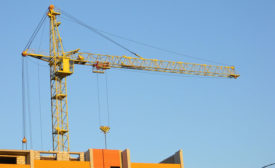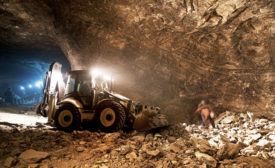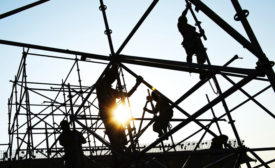News
Using social media to prevent construction falls-
-and other CPWR research on construction safety
September 3, 2015
Most Americans’ hearts are older than their age
That means higher risk of heart attacks and stroke
September 2, 2015
MSHA proposes rule to prevent crushing, pinning deaths in mines
Rule would require proximity detection devices on coal-haulage equipment underground
September 2, 2015
Never miss the latest news and trends driving the safety industry
eNewsletter | Website | eMagazine
JOIN TODAYCopyright ©2024. All Rights Reserved BNP Media.
Design, CMS, Hosting & Web Development :: ePublishing









